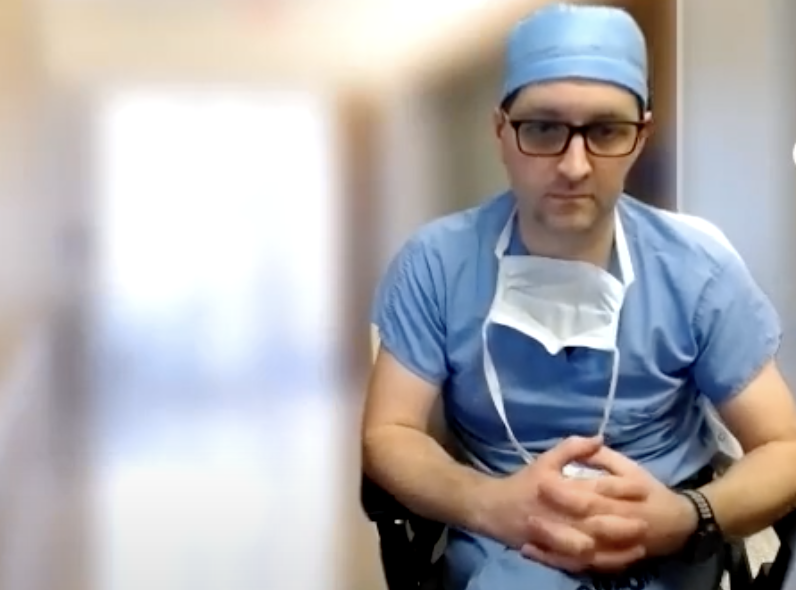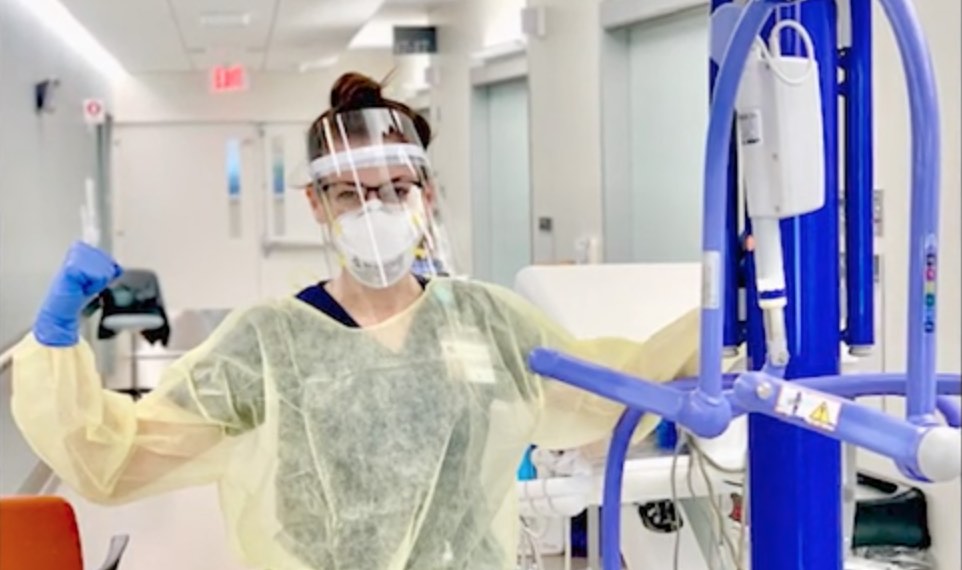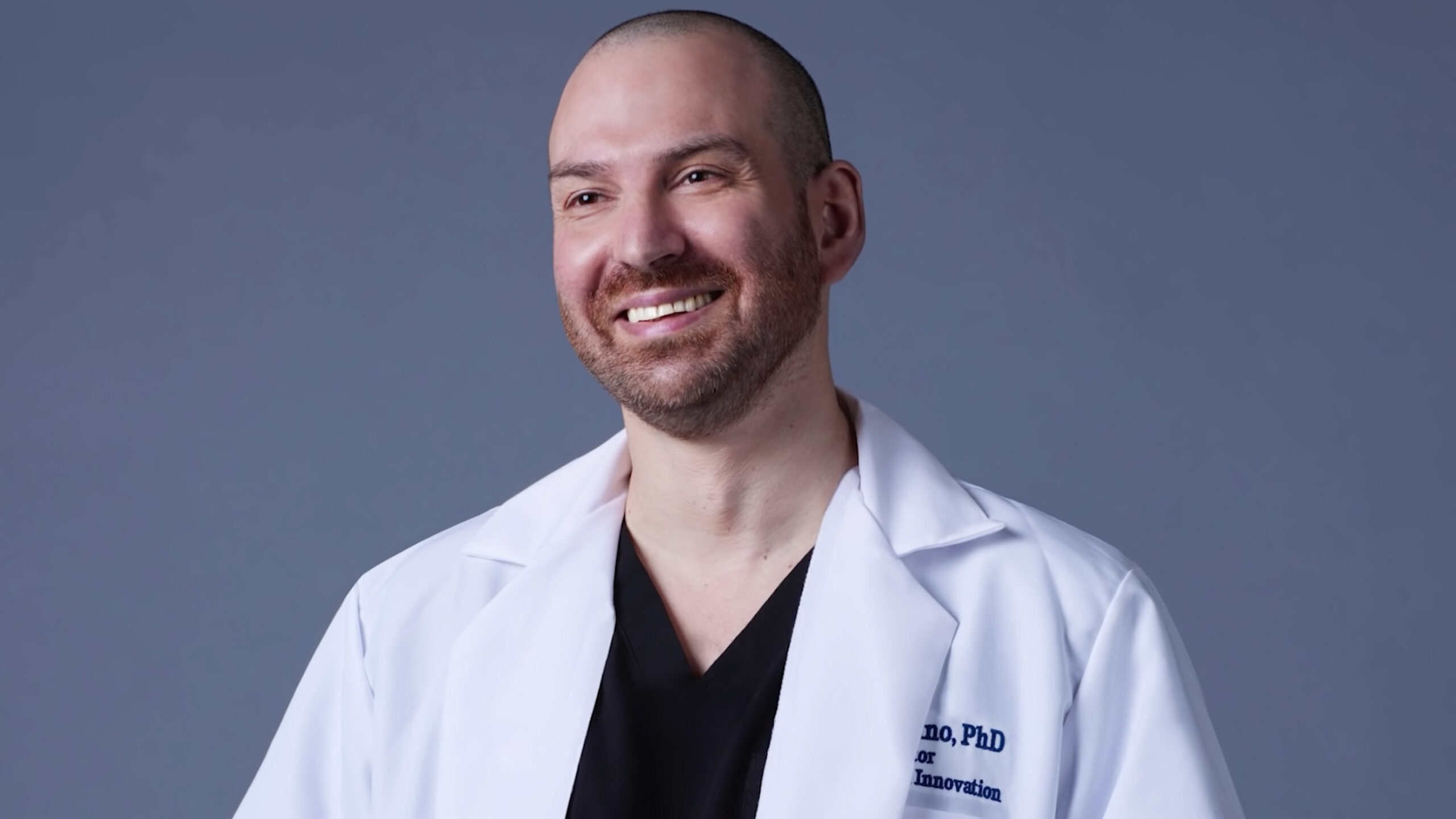Urine catheterization may be best sampling technique in preterm infants
Reuters Health • The Doctor's Channel Daily Newscast
May 20, 2010 • Critical Care, Medical Students, Nurses/NP/PA, Ob/Gyn, Pediatrics, Reuters Health • The Doctor's Channel Newscast
NEW YORK (Reuters Health) – Two techniques are commonly used to collect urine from preterm infants, but a randomized trial shows that catheterization is less painful and more often successful than suprapubic aspiration.
Each procedure has advantages and disadvantages, the researchers said in a May 17th online article in Pediatrics. The benefit of suprapubic aspiration is that it lowers the risk of contamination.
But the pain scores and success rates in their study point to urine catheterization “as the preferable option for urine sampling for sepsis workup in preterm infants,” they say.
And “from a feasibility perspective,” catheterization is much easier, too, because other medical professionals, not just physicians, can do it.
The investigators, led by Dr. Walid El-Naggar of the Hospital for Sick Children in Toronto, randomized 48 preterm infants to either of the two procedures. A trained research assistant assessed videotaped facial grimaces as a correlate for pain. The assistant did not know which procedure was used.
There was no difference in baseline pain scores. But the mean brow-bulging score – the primary outcome — was 67% in the suprapubic aspiration group and 42% in the urine catheterization group (p = 0.02). There were no significant differences in facial grimacing scores, heart rate, or oxygen saturation during the procedures.
Procedural success rates were 60% (15 of 25) with suprapubic aspiration and 78% (18 of 23) with catheterization (p = 0.17).
If simply sparing these tiny babies more pain in the NICU weren’t enough, the authors also point out that “although the effects on the developing brain are not fully understood, neonatal exposure to repeated painful stimuli is hypothesized to have the potential to alter neuronal circuitry (which results in long-term changes to pain responses) and possibly contribute to changes in motor and cognitive development in infants born prematurely.”
They noted that the sample size and the fact that only two physicians performed the procedures could limit the ability to generalize these results. Also, the inclusion of only preterm infants does not allow for conclusions to be made on the best procedure for a wider age range.
The researchers also point out that they conducted this study “during a time at which infants in out NICUs did not routinely receive analgesics such as topical anesthetics or sucrose.” Now, they add, babies undergoing such procedures can receive sucrose.
Reference:
Pediatrics 2010;125:1224-1229.
Each procedure has advantages and disadvantages, the researchers said in a May 17th online article in Pediatrics. The benefit of suprapubic aspiration is that it lowers the risk of contamination.
But the pain scores and success rates in their study point to urine catheterization “as the preferable option for urine sampling for sepsis workup in preterm infants,” they say.
And “from a feasibility perspective,” catheterization is much easier, too, because other medical professionals, not just physicians, can do it.
The investigators, led by Dr. Walid El-Naggar of the Hospital for Sick Children in Toronto, randomized 48 preterm infants to either of the two procedures. A trained research assistant assessed videotaped facial grimaces as a correlate for pain. The assistant did not know which procedure was used.
There was no difference in baseline pain scores. But the mean brow-bulging score – the primary outcome — was 67% in the suprapubic aspiration group and 42% in the urine catheterization group (p = 0.02). There were no significant differences in facial grimacing scores, heart rate, or oxygen saturation during the procedures.
Procedural success rates were 60% (15 of 25) with suprapubic aspiration and 78% (18 of 23) with catheterization (p = 0.17).
If simply sparing these tiny babies more pain in the NICU weren’t enough, the authors also point out that “although the effects on the developing brain are not fully understood, neonatal exposure to repeated painful stimuli is hypothesized to have the potential to alter neuronal circuitry (which results in long-term changes to pain responses) and possibly contribute to changes in motor and cognitive development in infants born prematurely.”
They noted that the sample size and the fact that only two physicians performed the procedures could limit the ability to generalize these results. Also, the inclusion of only preterm infants does not allow for conclusions to be made on the best procedure for a wider age range.
The researchers also point out that they conducted this study “during a time at which infants in out NICUs did not routinely receive analgesics such as topical anesthetics or sucrose.” Now, they add, babies undergoing such procedures can receive sucrose.
Reference:
Pediatrics 2010;125:1224-1229.









